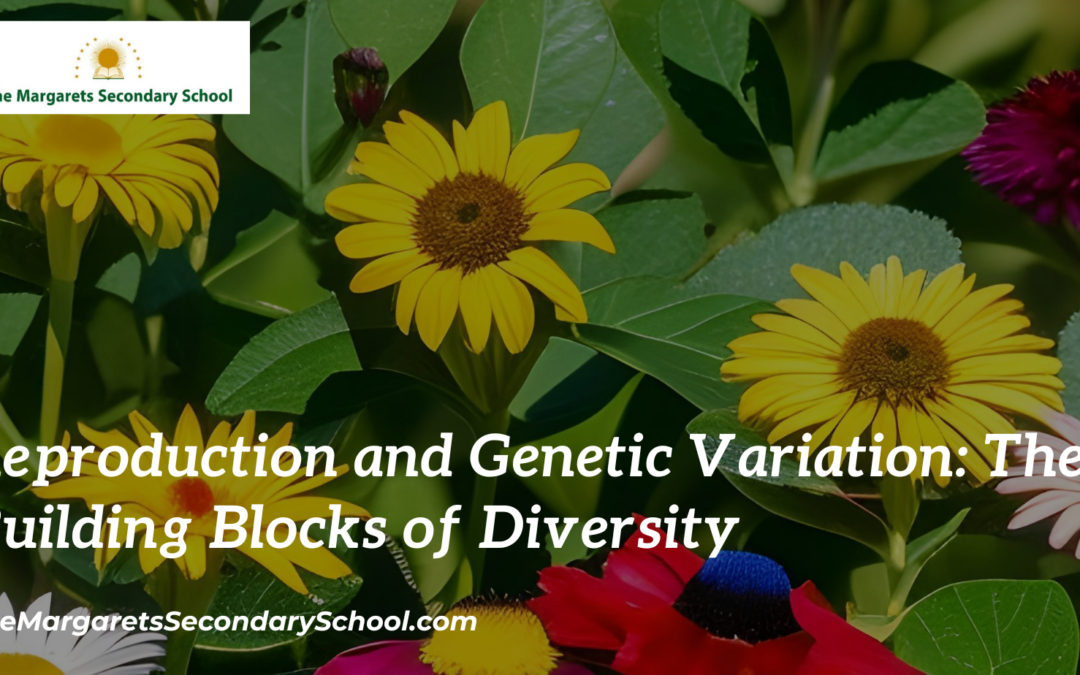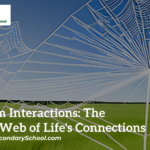Reproduction and Genetic Variation
Reproduction is a fundamental biological process that ensures the continuation of life on Earth. It is a complex and intricate mechanism that perpetuates species while also driving genetic variation. Genetic variation, in turn, is the cornerstone of evolutionary processes, enabling populations to adapt to changing environments over time. This article delves into the interconnectedness of reproduction and genetic variation, highlighting their significance in shaping the diversity of life forms we observe today.
Reproduction: Ensuring Continuity
Reproduction is the process by which living organisms produce offspring of their own kind. It can be broadly categorized into two types: asexual reproduction and sexual reproduction.
Asexual Reproduction: Asexual reproduction involves the creation of offspring without the involvement of gametes (sex cells). This method is commonly observed in single-celled organisms like bacteria and protists, as well as in some higher organisms like plants through processes such as budding or vegetative propagation. Asexual reproduction results in genetically identical offspring, often referred to as clones. While this method does not contribute to genetic diversity, it allows for rapid population growth under favorable conditions.
Sexual Reproduction: Sexual reproduction involves the fusion of specialized reproductive cells known as gametes, which come from two parent organisms. In most animals, the male produces small, mobile sperm, while the female produces larger, immobile eggs. This fusion forms a zygote, which develops into a new individual. Sexual reproduction is the primary driver of genetic variation.
Genetic Variation: The Engine of Evolution
Genetic variation refers to the diversity of genes and alleles within a population. This diversity arises through various mechanisms, such as mutations, genetic recombination, and genetic drift. Genetic variation is crucial because it is the raw material upon which natural selection acts, allowing populations to adapt to changing environmental conditions.
- Mutation: Mutations are random changes in an organism’s DNA sequence. These changes can be caused by environmental factors, errors in DNA replication, or exposure to radiation. While most mutations are neutral or harmful, some can lead to beneficial adaptations that enhance an organism’s survival and reproduction.
- Genetic Recombination: In sexual reproduction, genetic variation is introduced during the formation of gametes. During meiosis, genetic material is shuffled, and alleles from both parents are mixed to create unique combinations. This process leads to offspring with new genetic profiles that differ from those of their parents.
- Genetic Drift: Genetic drift refers to the random fluctuations in the frequency of alleles in a population due to chance events. This is more pronounced in small populations, where a chance event can have a significant impact on allele frequencies. Genetic drift can lead to the loss of certain alleles or fixation of others, contributing to genetic differentiation between populations.
The Interplay between Reproduction and Genetic Variation
Sexual reproduction plays a pivotal role in introducing and maintaining genetic variation within populations. As each parent contributes a unique set of genes to their offspring, the resulting genetic diversity is a blend of their individual genetic makeup. This diversity provides the raw material for evolution, allowing natural selection to act upon the most advantageous traits in a given environment.
Furthermore, sexual reproduction provides a mechanism for weeding out harmful mutations. Since harmful mutations are often recessive, they are less likely to be expressed in individuals who inherit a dominant, healthy allele from the other parent. This purifying effect helps maintain the overall health and viability of a population.
Conclusion
Reproduction and genetic variation are intricately linked processes that collectively shape the incredible diversity of life on Earth. Reproduction ensures the continuity of species, while genetic variation introduces the necessary diversity for populations to evolve and adapt. As we continue to unravel the mysteries of genetics and reproduction, we gain deeper insights into the mechanisms that have allowed life to thrive and persist for billions of years.





